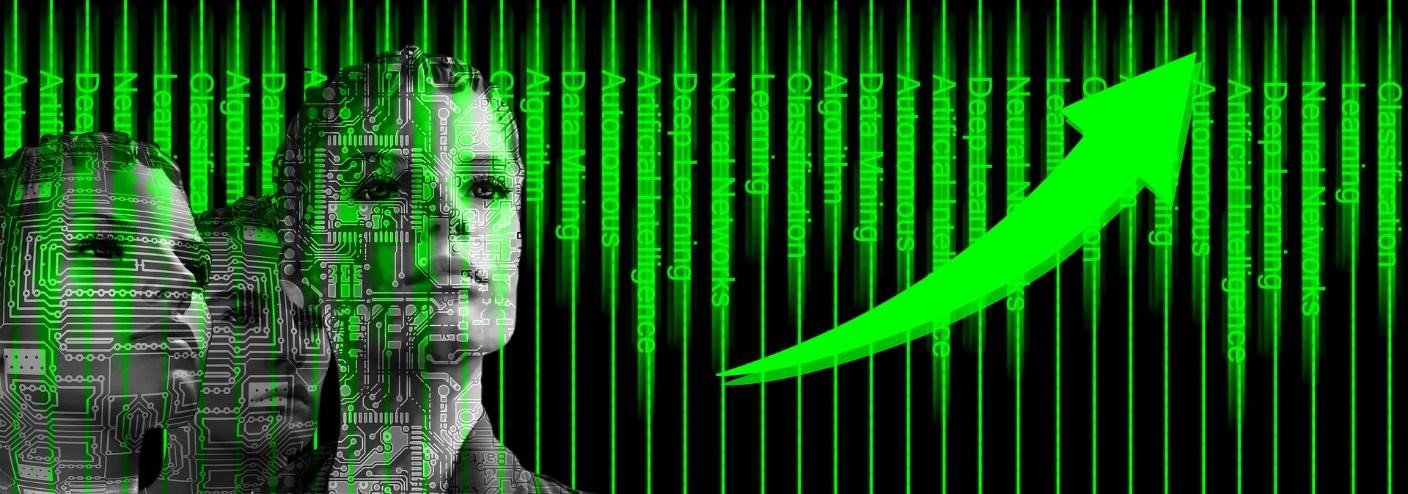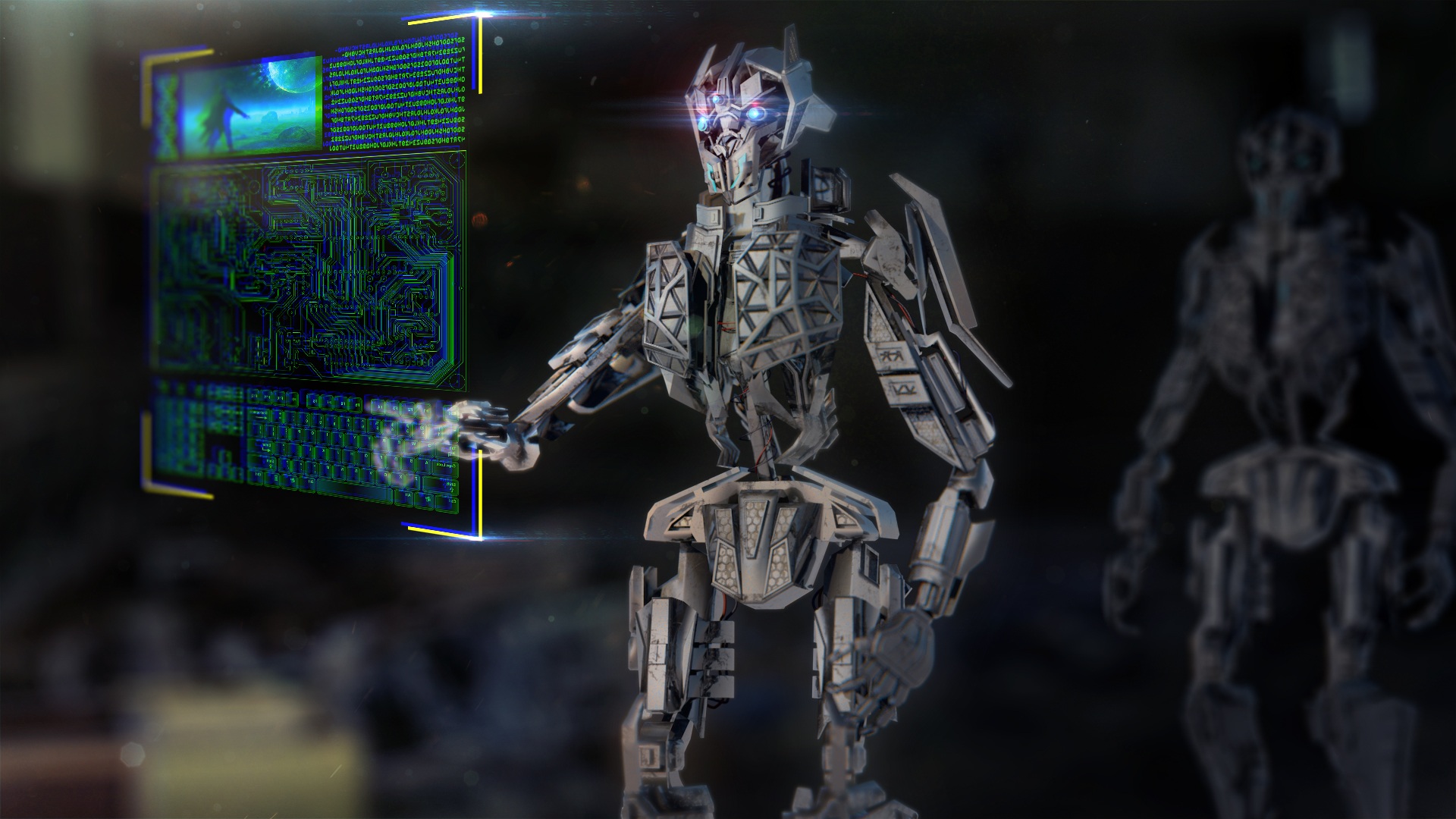Artificial intelligence (AI) is going to change the transportation business in many ways. AI is a key technology that makes it possible for cars, trucks, and other devices to drive themselves. With AI, cars can look at data from sensors and cameras to make choices about driving, such as figuring out where barriers are, changing their speed, and choosing routes. AI can also help keep traffic moving in a safe way and reduce traffic jams. For example, traffic lights could be set to go off at the same time to make it easier for cars to move, or AI systems could be used to guess traffic trends and change routes appropriately.
AI has the ability to make transportation safer, more efficient, and better for the environment. But there are also worries about how AI will affect jobs, since self-driving cars could replace human drivers.
Challenges:
Data protection and security is one of the most important problems that AI in transportation needs to solve. As transport systems become more linked and dependent on AI, they are more likely to be attacked by hackers. For example, a hacker could break into the system of a self-driving car and take control of it, putting the people inside in danger. So, shipping companies must make sure that their AI systems are safe and that no one else can get to the data they collect.
Another big problem with using AI in transportation is that it could put people out of work. Many jobs, like driving and scheduling, could be done automatically by transportation systems that are driven by AI. This could cause a lot of people to lose their jobs in the shipping business, which could hurt the economy. Governments and transport companies need to work together to solve this problem. They can do this by giving affected workers access to education programs and new jobs.
One of the most exciting ways to use AI in transportation is to make cars that can drive themselves. Self-driving cars could cut the number of accidents on the road by a large amount since most accidents are caused by human mistakes. But there are still a lot of technical and legal problems that need to be fixed before self-driving cars can be a reality. For instance, self-driving cars need to be able to get around in places with lots of people and lots of traffic, like cities.
Liability is another problem that needs to be solved before self-driving cars can be made. Who is to blame if a car that drives itself gets into an accident? Is it the person who made the car, the person who made the program, or the person who owns the car? These are hard law questions that need to be answered before self-driving cars become common.
AI can also be used to improve travel systems and make them less crowded. AI-powered traffic control systems, for example, could help reduce traffic jams by changing traffic lights on the fly and rerouting cars around crashes or other problems. AI could also be used to improve the general performance of public transport systems, such as buses and trains, by making them run better.
But there are also some problems with putting AI into transportation networks. For example, AI programmes might not always be clear, which could make it hard for officials to make sure that transport companies are working in the public interest. There may also be worries that AI could make current flaws in transport systems, like race or social differences, even worse.
Trust is one of the most important issues that needs to be solved before AI can be used in transportation. People might be hesitant to trust transportation systems that are driven by AI, especially self-driving cars. To solve this problem, shipping companies need to be clear about how their AI systems work and how they decide what to do. Also, they must work to build trust with the public by showing that their AI systems are safe and reliable.
Opportunities:
AI (Artificial Intelligence) is likely to have a big impact on how transport changes in the future. Here are some of the ways that AI could help travel in the future:
Improved Safety: Improving safety is one of the most important ways AI can help with transportation. With AI-powered self-driving cars, crashes caused by human mistake can happen much less often. This makes the roads safer for everyone.
Customised Experience: AI can give people a more customised experience. AI can, for example, learn how a person likes to travel and suggest the best routes, means of transportation, and even places based on their past behaviour.
Environmental sustainability: AI can reduce environmental harm caused by transportation by determining the optimum routes and using less fuel. AI has the potential to improve public transit and encourage more people to utilise it. As a result, fewer vehicles will be on the road.
Enhanced Mobility: AI can help people who can’t drive, such as the old or disabled, get around better. Autonomous cars can give more freedom and mobility to people who wouldn’t be able to move on their own otherwise.
Improved Logistics: AI can make logistics and supply chain management more efficient by optimising paths, cutting delivery times, and lowering costs.
Innovations:
AI is already changing the transportation business, and it will continue to do so in the years to come. Here are some of AI’s most important contributions to the transit industry:
Autonomous cars:
AI is at the heart of these vehicles, which could change the way we get around. Self-driving cars, trucks, and buses will make people safer, cut down on traffic, and give people who can’t drive more freedom. Google, Uber, and Tesla are already putting a lot of money into this technology.
Predictive maintenance:
AI can help transportation companies figure out when their cars and equipment will need repair, which cuts down on downtime and costs. By looking at how a car is used and how well it works, AI can find trends that show when a part is likely to break. This lets maintenance and fixes be done ahead of time.
Optimization:
AI can find the best routes, plans, and procedures for moving things. AI can help companies save money and make better use of their cars by analyzing data about traffic trends, weather, and other things.
AI can improve the customer experience by making personalized suggestions about journey paths and means of transportation. Chatbots and virtual helpers that are driven by AI can also give people information and help in real-time.
Conclusion
AI has the potential to change the transportation business in many ways, including making it safer, more efficient, and more environmentally friendly. Even though it’s not easy to use these technologies, it’s clear that AI will be a big part of the future of transportation because of the possibilities and new things it can do. We can look forward to a transportation system that is better, more efficient, and easier for everyone to use as we continue to create and improve these technologies.









